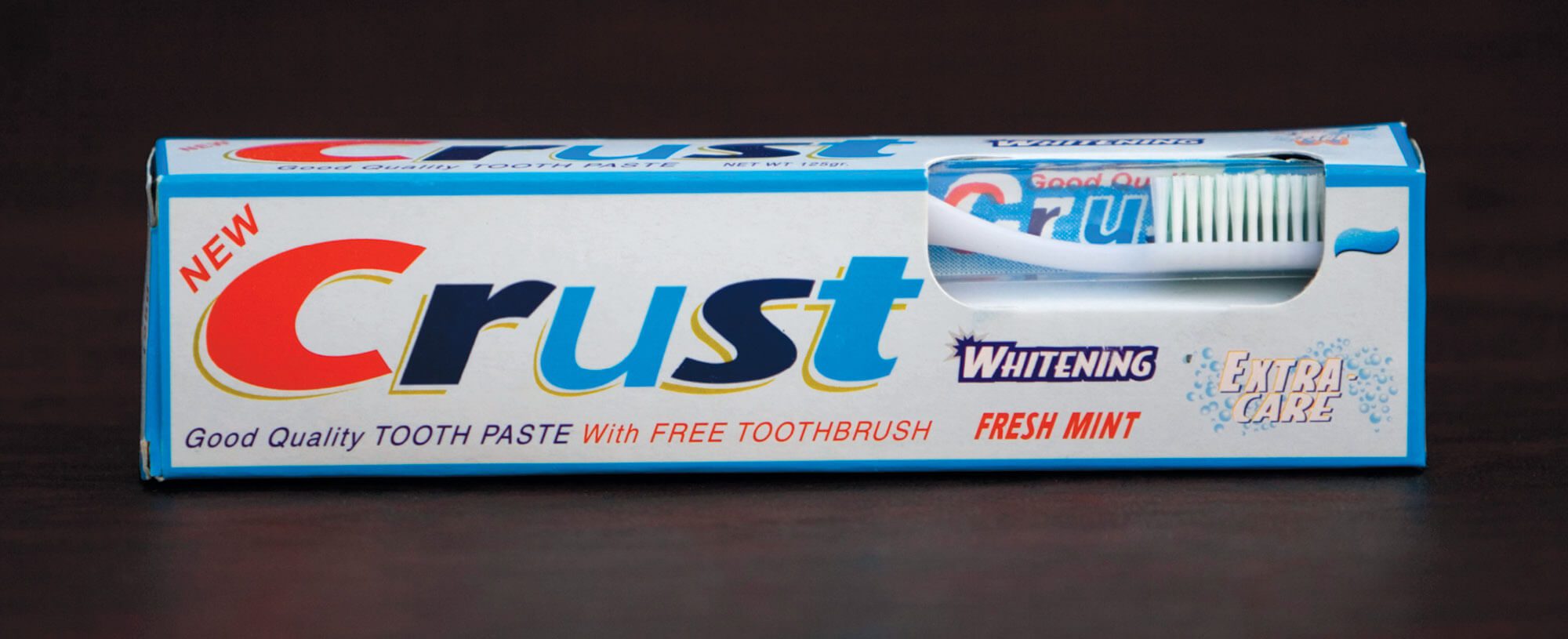Revolutionizing legal disputes

Imagine you’re browsing the toothpaste aisle and see next to Colgate a new brand called Colddate, packaged in a box with similar colors and design. “You might think this is clearly a copycat brand,” says Associate Professor Ming Hsu, the William Halford Jr. Family Chair in Marketing.
Yet in a real-life trademark infringement case involving these two brands, Colgate-Palmolive lost the suit—the judge deemed they were “similar” but not “substantially indistinguishable.”
Judges and juries in trademark cases often disagree about how similar the brands in question are, leading to inconsistent rulings. Evidence frequently takes the form of consumer surveys, which have been shown to be susceptible to manipulation—for example, through the use of leading questions. Many judges end up ruling based on gut instinct.
Hsu and colleagues propose a more scientific measure through the use of brain scans—employing functional magnetic resonance imaging (fMRI) along with a specialized technique called repetition suppression.
In Hsu’s study, participants in fMRI scanners were rapidly shown pairs of images consisting of the main brand and a supposed copycat. Previous research has proven that when presented with two similar images, the brain suppresses activity for the second image, perhaps out of efficiency, thinking it’s already seen the image. By measuring the amount of repetition suppression in brain activity for the second image, the researchers determined how similar a person found the two images.
Participants are blind to the goal of the study and don’t need to be asked any questions, which further reduces bias.
When comparing neuroimaging against survey results intended to be either pro-plaintiff, pro-defendant, or neutral, the brain-based measure reliably matched the more neutral survey results—indicating that the brain scans can improve the quality of legal evidence in these cases.
With a cost comparable to presenting survey data, neuroimaging could be provided as a supplemental “spot check” to survey evidence, giving a judge or jury confidence the surveys are accurate, Hsu says. It also holds promise for a range of legal applications involving people’s mental reactions—for example, determining music copyright infringement or how a “reasonable person” would judge obscenity, negligence, or other legal issues.
“While we are not there yet,” Hsu says, “one can imagine a future where we ask the brain to help us answer these difficult questions.”